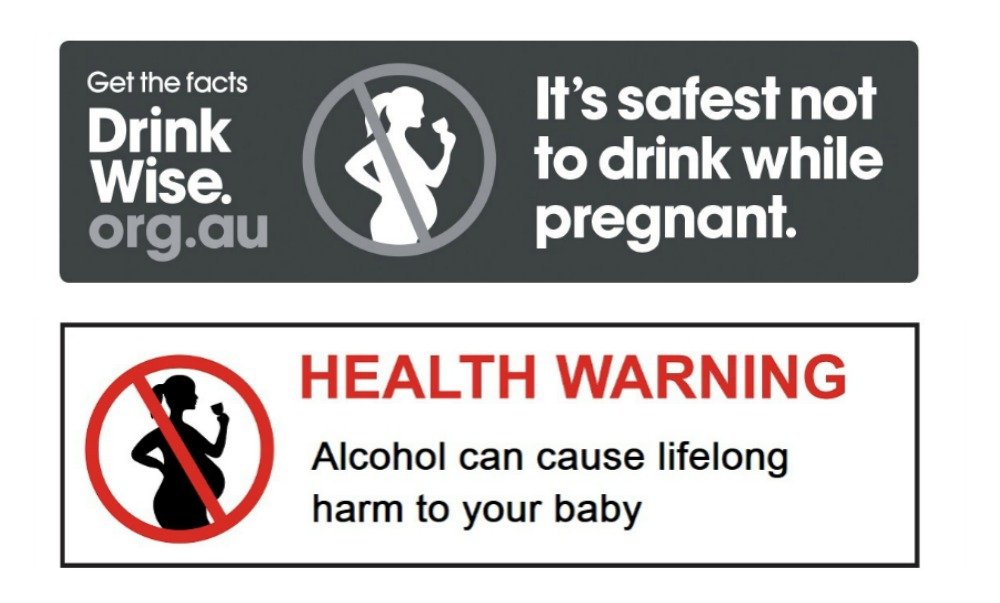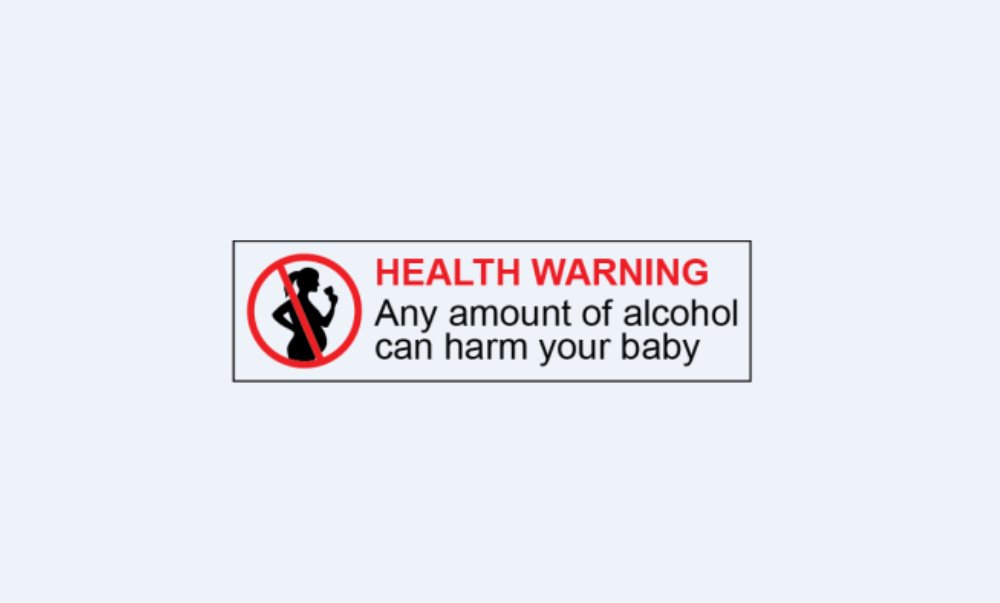Food Standards Australia New Zealand is not backing down on its decision on colours for pregnancy warning labels for alcoholic beverages.
In February 2020, FSANZ said it would be making pregnancy risk warning labels on alcohol containers mandatory on alcoholic beverages over 1.15% ABV.
In April, ministers responsible for food regulation asked the organisation to review the decision that labels must be printed with red ink, due to concerns over cost and effectiveness.
FSANZ released a review this week, which made minor concessions from the original report, changing the ‘Health Warning’ text to ‘Pregnancy Warning’ as well as introducing an extended transition period, giving alcohol manufacturers three years instead of two to implement the label.
In its original report, FSANZ acknowledged that it is “generally accepted that where alcohol warnings labels have been introduced they have had limited impact on consumption behaviour".
FSANZ has justified its decision to stick with its colour scheme by saying that only a small proportion of Fetal Alcohol Spectrum Disorder (FASD) cases would need to be prevented to “offset the total cost of label changes”. It stated that the average cost estimates of label changes per product may have been “overestimated” and implementation costs would not be unreasonable for the industry.

It also said the incremental cost of applying the colour red to black and white pregnancy warning labels “is generally likely to be small, at around 10% of total label change costs overall”.
However, Alcohol Beverages Australia contends it remains a cost the industry can't afford.
“Mandating colours, instead of the existing contrast requirements established under the Food Code, would impose the biggest cost on consumers, without any scientific basis, for no measurable benefit,” said ABA CEO Andrew Wilsmore.
“This would cost consumers an extra $400 million, with ongoing high costs due to the more expensive label printing costs. At our industry’s average yearly earnings, this regulatory burden would be the equivalent of close to 6500 jobs that could otherwise have been created."
FSANZ argued that the “best available scientific evidence” supported prescribing colours to achieve a high contrast label, saying it provides consistency in consumer understanding of the label. It said that if red was removed from the design, “a significantly larger warning label than currently proposed would be required to maintain noticeability”.
Wilsmore said Australia's beer, wine and spirits producers support mandating pregnancy warning labels. But he said the drawn out process involved in the decision and the continued focus on expensive design were an unfortunate outcome.
“Despite the clear direction given by Food Forum Ministers to ditch the colour version, the bureaucrats just can’t let go of their pet design and it is back again," he noted. "It is extremely concerning that FRSC and FSANZ bureaucrats have totally ignored Ministers’ direction and submissions made to them, which outlined where their proposal incurred substantial and ongoing costs.
“Producers remain keen to partner with Governments to ensure a sensible outcome that will help raise awareness of FASD and be cost-effective - especially for small businesses - and for Australians enjoying a drink.”
Ministers responsible for food regulation have 60 days following notification to consider FSANZ's review report and decide whether to accept, amend or reject the amendment to the Code.
Share the content










